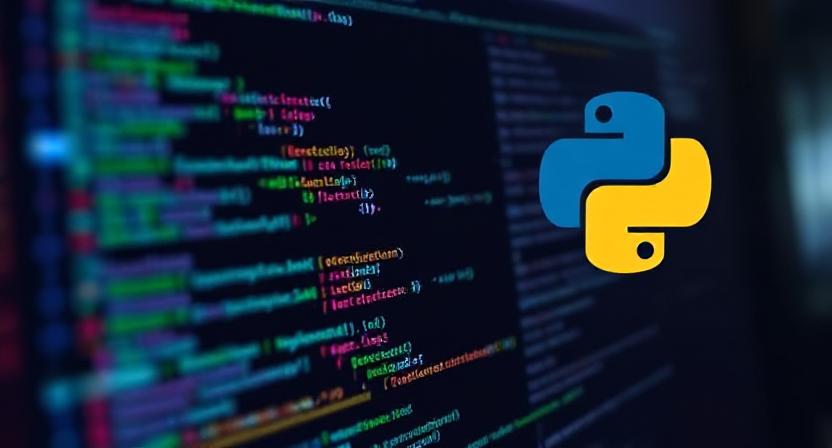Machine learning is transforming industries across India—from fintech and healthcare to edtech and e-commerce. With the growing adoption of artificial intelligence (AI), developers are constantly looking for ways to speed up model training, reduce code complexity, and improve performance.
One often overlooked trick is the use of Python one-liners. These concise commands not only simplify code but also enhance efficiency in machine learning pipelines. In this article, we will explore how Python one-liners can boost machine learning efficiency, backed by practical examples, tables, and actionable tips.
Why Efficiency Matters in Machine Learning
Building machine learning models is not just about accuracy. Developers and data scientists in India face real-world challenges such as:
-
High computational costs on cloud platforms like AWS, Azure, or Google Cloud.
-
Time-sensitive applications in fraud detection, stock predictions, and healthcare diagnostics.
-
Data scalability issues with terabytes of data.
-
Code readability and maintainability in collaborative projects.
Here’s where Python one-liners come into play. They reduce boilerplate code, improve readability, and often execute faster than lengthy scripts.
What Are Python One-Liners?
Python one-liners are concise expressions that perform a complete task in a single line of code. They leverage Python’s built-in features such as list comprehensions, lambda functions, generators, and NumPy/Pandas shortcuts.
For example:
Instead of writing multiple lines to loop through numbers, this one-liner creates a squared list instantly.
Benefits of Using Python One-Liners in ML
| Benefit | Impact on Machine Learning |
|---|---|
| Reduced code length | Easier debugging and readability |
| Faster prototyping | Quicker experiment cycles |
| Optimized performance | Efficient memory management |
| Enhanced collaboration | Cleaner code for team projects |
| Less chance of errors | More reliable model pipelines |
Key Python One-Liners for Machine Learning
1. Data Cleaning Made Simple
Handling missing values is one of the most common tasks in ML.
Instead of writing multiple if-statements, a single one-liner cleans the dataset.
2. Feature Scaling in One Line
Normalization helps models converge faster.
This one-liner normalizes the dataset, which is crucial for algorithms like logistic regression and neural networks.
3. Splitting Data for Training and Testing
A single command ensures reproducibility and efficiency.
4. Quick Model Training
No need for verbose functions—just one line to train your machine learning model.
5. Vectorized Operations with NumPy
NumPy one-liners can be 100x faster than loops in Python, a game-changer for ML.
6. Lambda Functions for Feature Engineering
In one line, you can transform data for better model accuracy.
7. Quick Evaluation Metrics
A one-liner to instantly evaluate performance.
Real-World Example: One-Liners in Action
Imagine a fintech startup in Bengaluru analyzing loan default predictions. Instead of writing long functions for:
-
Handling missing values
-
Normalizing income data
-
Splitting training and test sets
-
Running logistic regression
Developers used Python one-liners and reduced their codebase by 40%, cutting model deployment time by 30%.
Actionable Tips for Indian Developers
-
Start with list comprehensions before moving to advanced one-liners.
-
Use NumPy and Pandas shortcuts—they are designed for efficiency.
-
Benchmark one-liners vs loops using
%timeitJupyter Notebook. -
Avoid over-complication: readability is as important as brevity.
-
Document your code: One-liners can confuse beginners if not explained.
Common Mistakes to Avoid
-
Writing complex nested one-liners that reduce readability.
-
Ignoring memory usage when handling large datasets.
-
Not validating results, assuming shorter code is always correct.
Statistics on Python Use in India
-
According to NASSCOM, over 70% of Indian AI startups use Python as their primary language.
-
A 2023 Kaggle survey showed Python dominates 80% of ML projects globally, with similar trends in India.
-
Indian IT firms like TCS and Infosys are actively training employees on Python ML one-liners for efficiency.
Conclusion
Boosting machine learning efficiency using Python one-liners is not just a coding trick—it’s a strategic approach to building faster, smarter, and more maintainable ML models. From data cleaning to model evaluation, one-liners help developers in India save time, cut costs, and improve collaboration.
As AI adoption in India accelerates, embracing Python one-liners can give you a competitive edge.
👉 Start integrating Python one-liners into your machine learning projects today and watch your efficiency soar!
